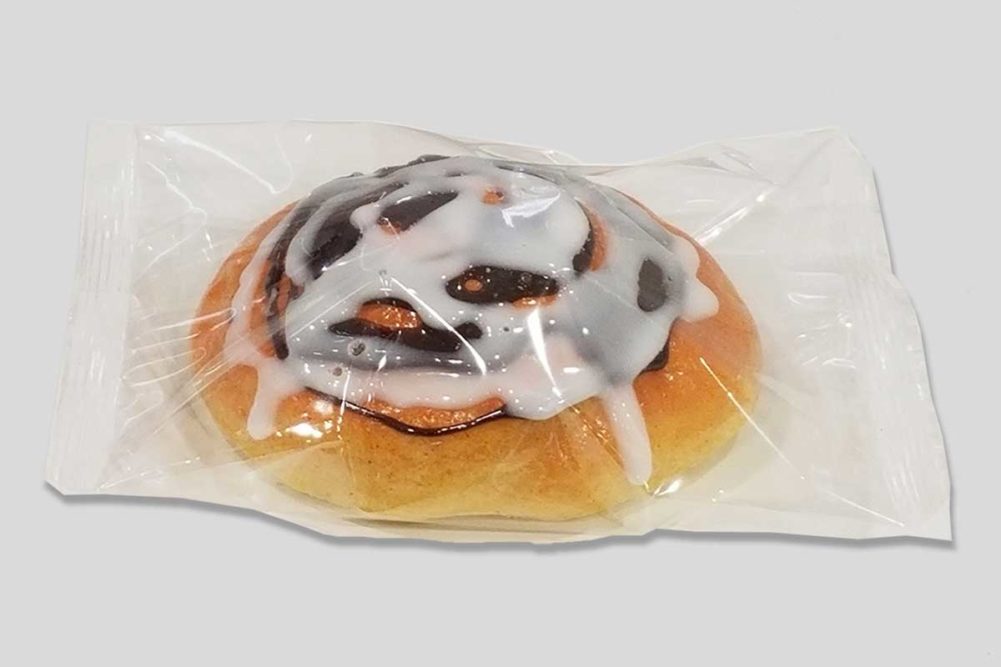During the coronavirus (COVID-19) pandemic, variety packs have increased in popularity as more people work and learn from home. Offering consumers these packs — strawberry and blueberry muffins in one package — sounds like a straightforward proposition, but it’s not.
Bakeries generally have two options to produce them. The first is to run each product separately, then place them in totes, trays or cartons, ship them to a storage facility or elsewhere in the production warehouse, then carton them manually or through an automated system.
“If you are looking for a more manual solution, the challenges are minimal but require significant labor costs,” said Josh Becker, product manager, bakery/confection, Harpak-Ulma.
This option also often creates waste as the products are sometimes placed in retail cartons, which must later be opened and thrown away or recycled, said Bill Kehrli, vice president of sales and marketing, Cavanna Packaging USA. Or they are placed in totes or trays, which then must be taken back to the production facility to be used again.
The second alternative is to run both products in side-by-side ovens, then the products are cooled, individually wrapped and put into cartons together right away. Both production lines need to run at the same speed. However, if one line has a problem and must be stopped while the other is still running, bakeries must deal with the overflow until the other line is restored. This can include redundant or accumulation systems.
“In an ideal world, the bakery industry would love to have oven A and oven B and go directly into a variety pack. It’s common sense, right?” Mr. Kehrli said. “Ninety-five percent of the bakery industry and other industries where there’s variety go from oven A into storage, oven B into storage, then they marry together at [another facility]. And they have a bunch of people or some level of automation creating that variety pack.”
When cartoning variety packs, bakers should ensure the code date on the outside carton is good for all varieties in the package and that the orientation in the box doesn’t negatively affect the product quality, including ensuring that fragile products aren’t crushed or broken.
[Related reading: Bakeries puta wrap on safety]
“You wouldn’t want to put the softest product on the bottom of the carton,” Mr. Becker said.
If bakeries are handling different carton sizes, such as 8- and 24-count variety packs, the equipment must be flexible enough to handle the switch and fast enough to accommodate customers’ needs. And larger sizes can be more challenging because the amount of air in an HFFS package varies. That variance in a 24-count box is much greater than in one with only eight items, Mr. Kehrli said.
And care must also be given to conveyors transporting cartons to the case-packing operation as smaller cartons can rotate en route, Mr. Becker said.
When bakeries are moving from bulk to HFFS packaging, they have several considerations to weigh, and figuring out the best solutions means consulting all the people involved in the process of making the baked goods.
“Don’t talk to your equipment guys over here, your film people over here, your consumer over here,” said Dennis Gunnell, president, Formost Fuji Corp. “Get everybody together and say, ‘OK, here is what we want to end up with. What challenges do you see?’”
Talking to the experts and others in the industry who have made the switch is critical, Mr. Kerhli said. This will help avoid common pitfalls and keep projects moving in the right direction.
“Start educating yourself,” Mr. Kehrli said. “You are not going to find it on YouTube.”






